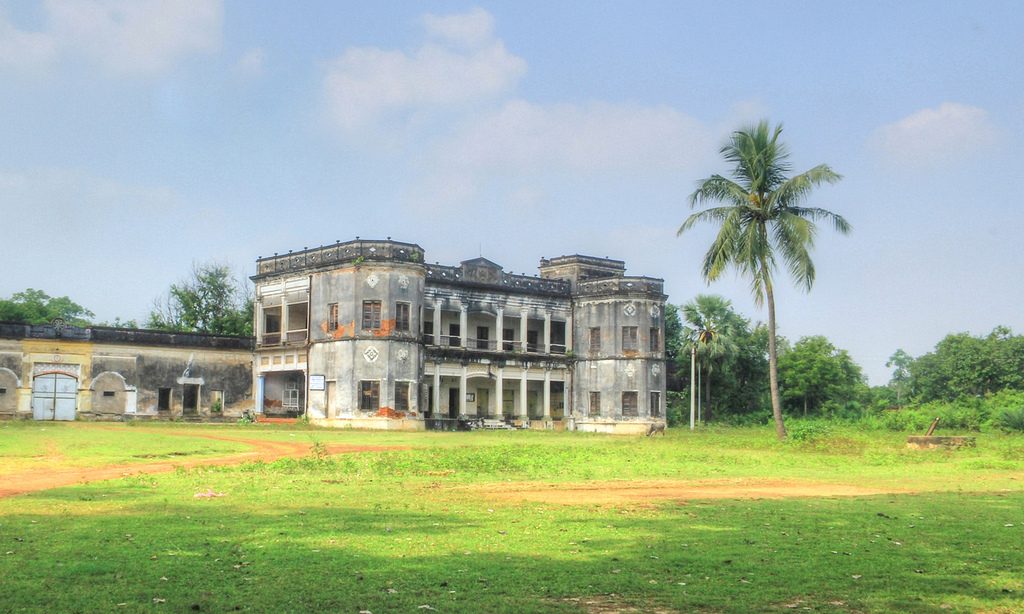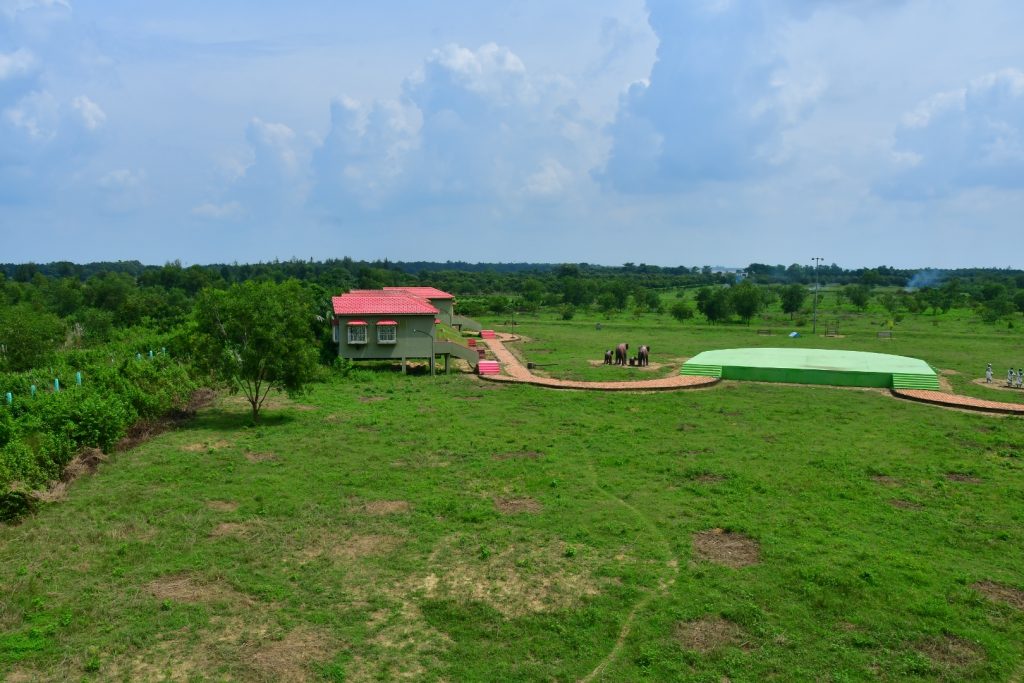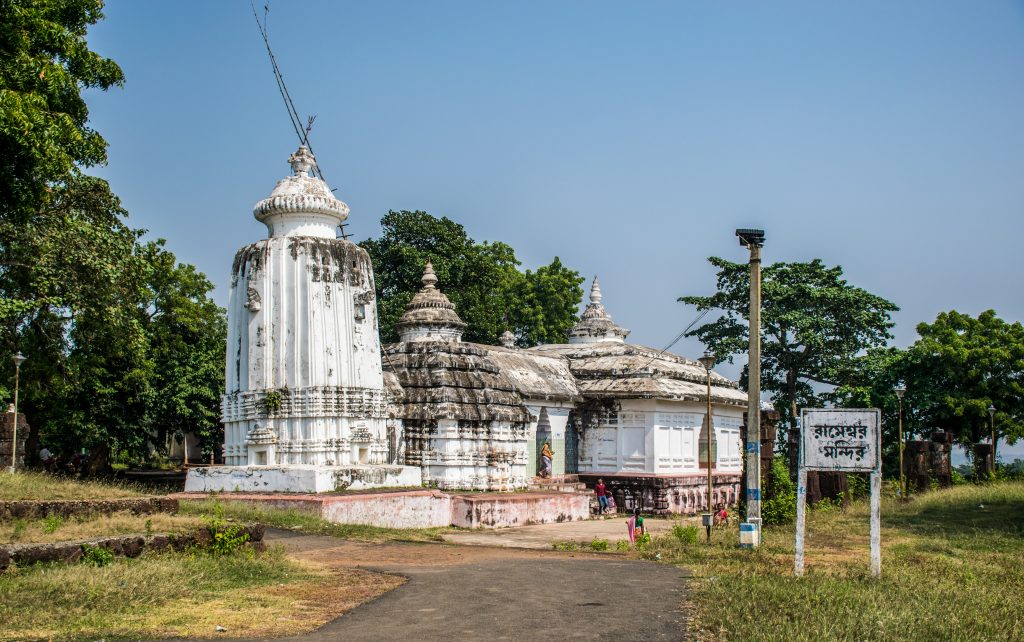Bipul Paul, 20.11.2024
Jhargram is a location surrounded by the beauty of nature, with lush jungles, green villages, hills, rivers, and waterfalls all in one place. The scenery is breathtaking and the people who live here are friendly and welcoming. Various rare and migratory birds can be spotted in the trees, while the dense forests are home to animals like bears, peacocks, and rabbits. The rivers Kangsabati, Subarnarekha , Dulung, Tarafeni flow through this region along with landmarks like Jhargram Rajbari, Salboni,Hatiri,Belpahari,Tapabon,Khandarani showcasing the rich culture of tribal populations living in harmony with nature. This combination of natural beauty and cultural heritage creates a sense of joy and contentment for visitors.
- Chilkigarh Raj Palace
It is assumed that king Jagatdeo of Suryavansh Dynasty declared himself as king Dhawaldev after defeating Dhalreaj, king of Chilkigarh. Later Royal family of chilkigarh came to be called as Dhawaldevs.

Image Source: Google
2. Kodopal Agro Tourism Park:
Kodopal Agro Tourism Park is an agricultural tourism park that covers 75 acres of land surrounded by the Dulung and Subarnarekha rivers. The park is developed for afforestation and tourism purposes. It features a variety of medicinal plants and fruits such as mangoes and dragon fruit. Visitors can reach the park exclusively by boat and there are two watch towers, 95 solar street lights, and 8 cottages for tourists to stay in. The area is home to nocturnal animals like hyenas, jackals, and herds of elephants.

Image source: Google
3. Tapavan
Tapavan is a natural and scenic beauty spot that also holds religious significance. It features a temple dedicated to various Hindu deities such as Ram, Sita, Valmiki, Hanuman, Luv, and Kush. The area is surrounded by dense forests and a small rivulet flows through it.

Image source: Google
4. Rameswar Temple
The Rameswar Temple is a place of natural and scenic beauty, as well as a religious site. The main deity worshipped at the temple is Lord Shiva. During the month of Sharvan, thousands of pilgrims gather here to worship Lord Shiva. The temple is believed to have been built around the 16th century C.E. by King Chandraketu of Nayagram and is constructed in the traditional Odiya style of architecture. Every year during GangaBaruni, a grand fair is organized next to the temple.

Image source: Google